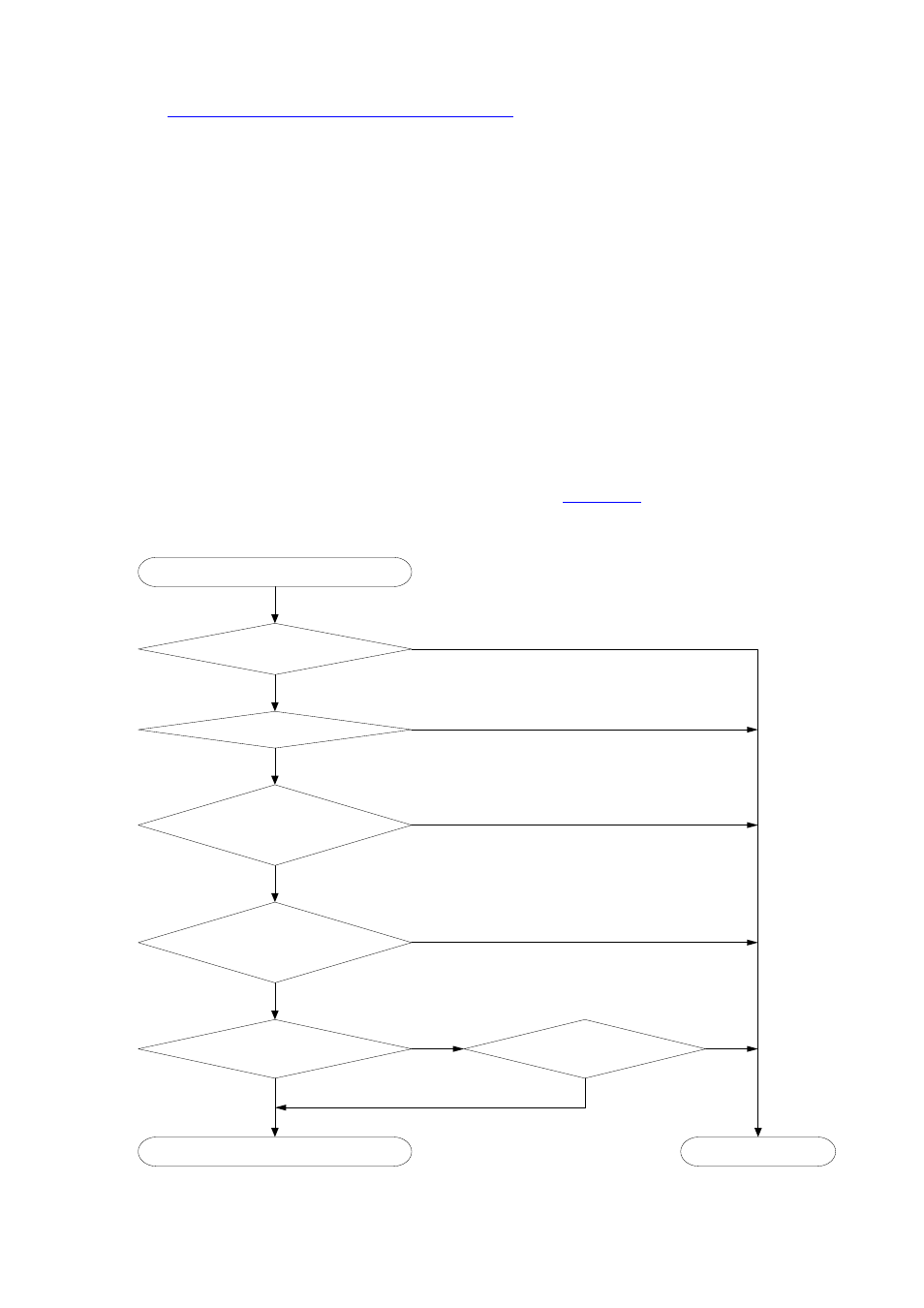Selecting a reference port, Setting the aggregation state of each member port – H3C Technologies H3C S7500E Series Switches User Manual
Page 131

11-7
Setting the aggregation state of each member port
Selecting a reference port
The local system (the actor) negotiates with the remote system (the partner) to select a reference port
as follows:
1) Compare the system ID (comprising the system LACP priority and the system MAC address) of
the actor with that of the partner. The system with the lower LACP priority value wins out. If they
are the same, compare the system MAC addresses. The system with the lower MAC address
wins out.
2) Compare the port IDs of the ports on the system with the smaller system ID. A port ID comprises a
port LACP priority and a port number. First compare the port LACP priorities. The port with the
lower LACP priority value wins out. If two ports have the same LACP priority, compare their port
numbers. The port with the smaller port number wins out. Thus, the port with the lowest port ID is
selected as the reference port.
Setting the aggregation state of each member port
After the reference port is selected, the system with the lower system ID sets the state of each member
port in the dynamic aggregation group on its side as shown in
Figure 11-3
Set the state of a member port in a dynamic aggregation group
No
More candidate ports than
allowed max. number of
selected ports?
Is the port up?
Is there any hardware
restriction?
Port number low enough
to put the port within the
limit?
Set the aggregation state of a member port
Set the port state to selected
Set the port state to
unselected
Yes
Yes
No
Yes
No
Yes
No
Yes
No
Port attribute/class-two
configurations same as the peer
port of the reference port?
Yes
No
Port attribute/class-two
configurations same as the
reference port?